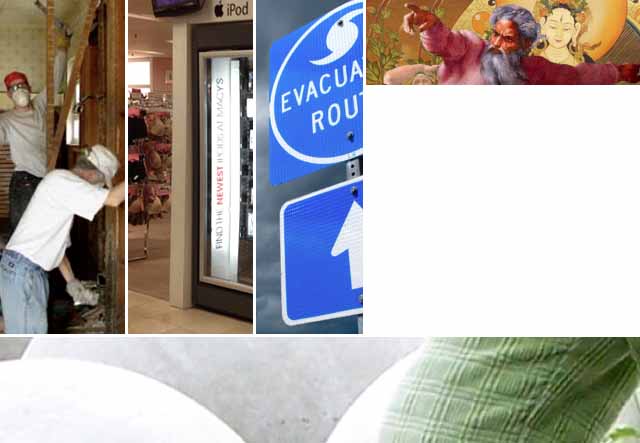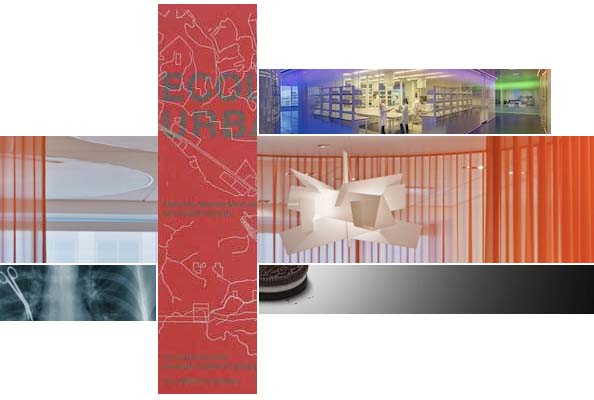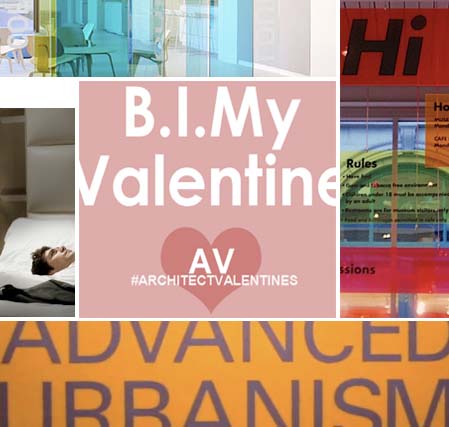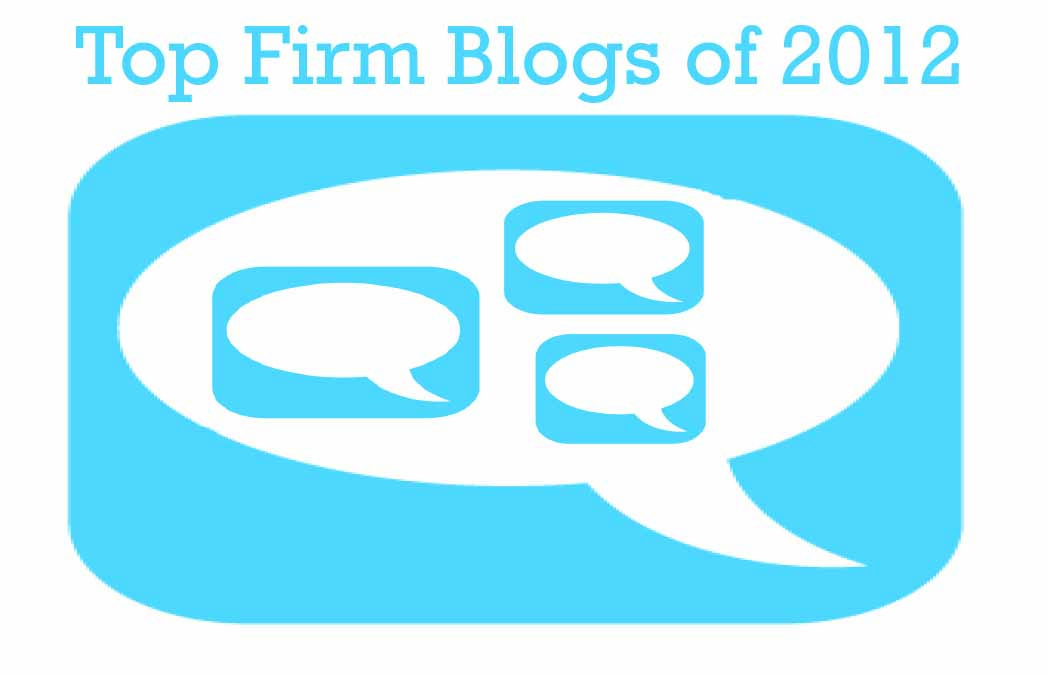A survival guide for working moms (or parents) from Perkins+Will. Placemakers' take on Spiritual Zoning. An Array disaster preparedness plan. HDR on post-Katrina planning. Retail and walkability from Gensler.

Working mom’s survival guide. Chika Sekiguchi, a senior associate with Perkins+Will’s Chicago office, talks about a women’s workshop focused on work/life integration and the trends working women are seeing in their practices.
Sekiguchi took six takeaways from the workshop to manage stress:
- 1. Move
- 2. Share
- 3. Unplug
- 4. Breathe
- 5. Nourish the soul
- 6. Practice gratitude
Spiritual zoning. Ben Brown, a principal and storyteller at Placemakers, discusses how a religious perspective can promote neighborliness and community, regardless of the actual religious tradition.
“People who identify themselves as religious may be more intolerant of others’ beliefs — just as many non-believers suspect — but they’re also more likely than people who aren’t religious to give money to strangers, help people outside their own households, and be more civically engaged.” – Ben Brown
Via PlaceMakers Blog
Disaster preparedness plan. Thomas Hudok, project Architect with Array, explores the importance of disaster preparedness at medical facilities – when a natural disaster occurs, hospitals must remain operational to support patients and staff.
The 1992 hurricane season in South Florida was a major turning point in how building codes adapted to address natural disasters. Hospitals in Florida immediately started to focus on hardening their buildings, adding emergency utilities and reviewing the Florida Building Code, which has since been rewritten to address the specific effects of tropical storms and acknowledges the critical need for medical care facilities to remain open during a storm.
Via Array Blog
Planning amiss post-Katrina. Mark Meaders, sustainable design project manager at HDR Architecture, recalls working on rebuilding homes after Hurricane Katrina and the importance of tenets of proper urban design: dense development with mixed-income units, commercial development with shopping options for the community and walkable neighborhoods.
Meaders says tenets of proper urban design are not being implemented in the Ninth Ward – the development is similar to before Katrina causing a lack of businesses in the area. Residents have to drive 15 minutes to the grocery store and proper planning would have helped set up the area to truly grow and become a neighborhood again.
Retail and walkable urbanism. Kathleen Jordan, a principal in Gensler’s New York office and leader in the firm’s Retail practice, examines today’s retail environment, and how department stores can definitely benefit from transit-oriented developments (light rail to shopping areas) coupled with walkable urbanism.
Transit-oriented developments and walkable urbanism “would signal a return to what made department stores so successful in the first place: the ability to offer convenience. After all, isn't living in an urban environment all about convenience? You walk to work; you have a million great restaurants at your disposal and world class cultural institutions at your fingertips.” – Kathleen Jordan



 We read a lot of blogs from design and planning firms. When we surveyed the A/E industry in 2011, only 16% of our respondents were blogging. This number has certainly gone up, but more importantly, so has the quality. The blogs that consistently post interesting content bring readers back for more. These contribute new ideas and perspectives to the public, and on a broader level, they add to the laypersons’ understanding of the related professions’ role in our communities and society as a whole.
Many firms still don’t see the value of blogging and I hope we’ll see more converts to this form of communication in 2013. Blogs are more than an outlet for project descriptions and photos. They help your public audiences get a better sense of what your firm is about and the quality of ideas that you’ll bring to the table. When the practice of blogging is interwoven into the firm’s routine of work, the blog quickly becomes a collection of relevant content on topics that vary as much as the personalities within the firm itself. This content is also immensely valuable to search engines which favor newly published content – making it easier for outsiders who are looking for information on the topics covered in your blog to find your post. These encounters can the beginning of new relationships and opportunities.
We read a lot of blogs from design and planning firms. When we surveyed the A/E industry in 2011, only 16% of our respondents were blogging. This number has certainly gone up, but more importantly, so has the quality. The blogs that consistently post interesting content bring readers back for more. These contribute new ideas and perspectives to the public, and on a broader level, they add to the laypersons’ understanding of the related professions’ role in our communities and society as a whole.
Many firms still don’t see the value of blogging and I hope we’ll see more converts to this form of communication in 2013. Blogs are more than an outlet for project descriptions and photos. They help your public audiences get a better sense of what your firm is about and the quality of ideas that you’ll bring to the table. When the practice of blogging is interwoven into the firm’s routine of work, the blog quickly becomes a collection of relevant content on topics that vary as much as the personalities within the firm itself. This content is also immensely valuable to search engines which favor newly published content – making it easier for outsiders who are looking for information on the topics covered in your blog to find your post. These encounters can the beginning of new relationships and opportunities.